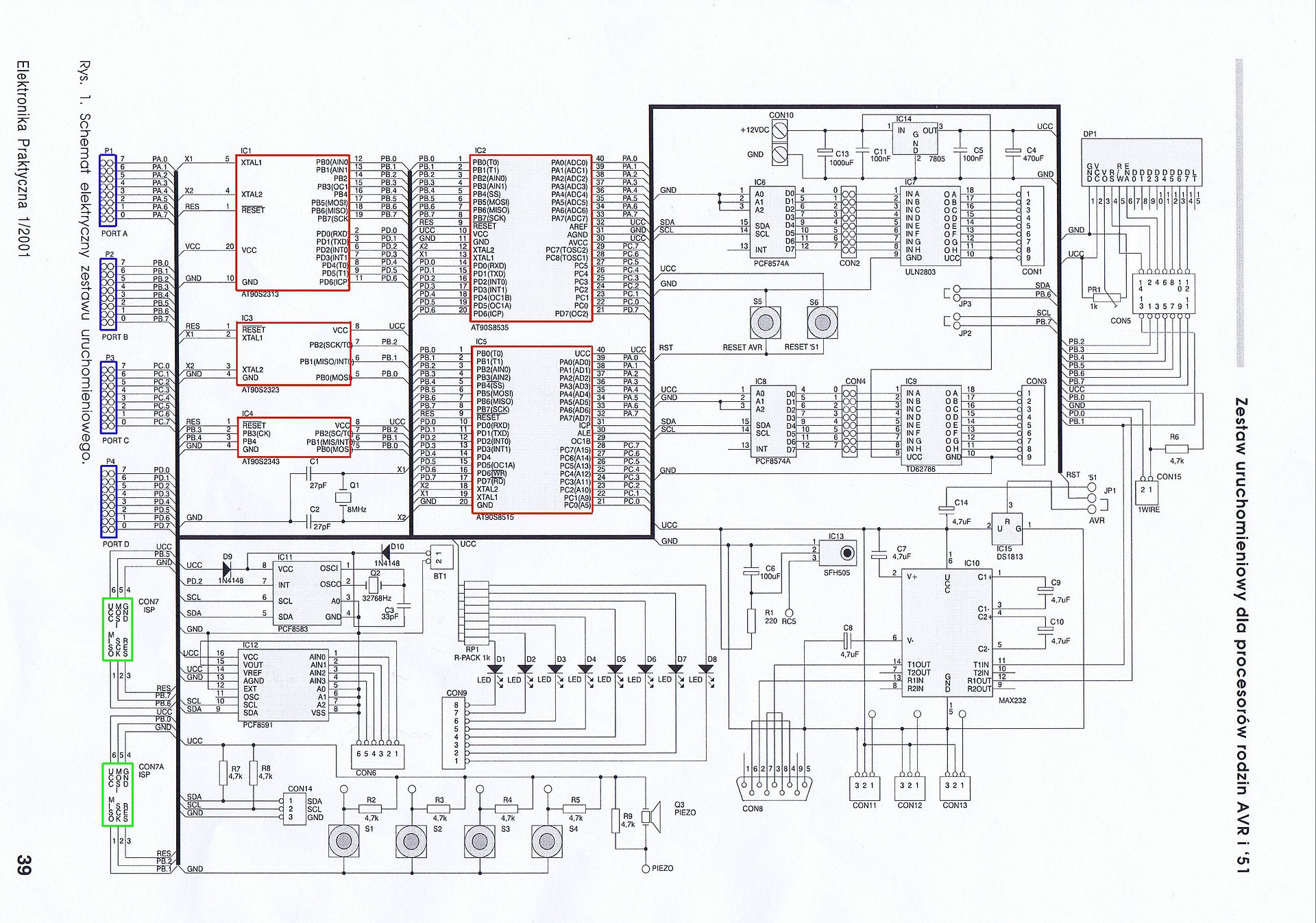
The Apimonitor Project
This project was spawned as a result of another interest of mine, namely beekeeping. It is a subject that I've long been interested in and in the process of carrying out research and reading up on the subject came across the work done by the late Eddie Woods on a device called the Apidictor. Eddie Woods was a sound engineer who worked for the BBC. Eddie kept his own bees and in the late 1940s began to make recordings of his bees in their hives. Eddie caried out many hours of recordings and in his capacity as a professional sound engineer, was able to produce his own equipment in order to record specific frequencies produced by his bees. What made Eddies work unique was that he combined the technicalities of his sound research with studies of the bees' behaviour. Thus he was able to associate certain sounds with particular behavioural patterns and was eventually able to predict when his bees were about to swarm by listening to the sounds made by his bees prior to actually swarming. This was so successful that Eddie produced his own device which he called the Apidictor. It is generally accepted that he produced around 300 of these devices in the late 60s and although they worked, never really caught on.
More details on the Apidictor and the work of Eddie Woods can be found here.
Recently it was brought to my attention that very few if any of these devices seem to have survived and it was suggested that a modern equivalent would be useful. Well this sort of sparked an idea and that idea grew into the project that became the Apimonitor. It was not designed as a copy of Eddies Apidictor, rather it uses his basic ideas to be able to monitor bees acoustically in a simple, portable and affordable manner. The Apimonitor was deliberately kept simple so that anyone wishing to build their own could do so, but in addition it would form the basis of a more refined and complex device for those wishing to experiment and adapt.

On the left is the very first prototype Apimonitor. The unit used surface mounted analogue electronics for a simple and cheap way to carry out selective filtering and amplification. An electret microphone is used as the primary sensor and was chosen for its sensitivity, flat response and low cost. Sounds picked up by the microphone are amplified and then routed to 3 different sections.:
1. All Pass (AP) as its name suggests, passes all frequencies without applying any selective amplification.
2. Band Pass (BP) applies frequency selective amplification to a narrow range of frequencies.
3. High Pass (HP) applies increasing gain with increasing frequency and thus accentuates the high frequencies.
There is a level control which acts as a volume control for the audio output and also doubles as a crude relative output measurement scale.
A line output allows the device to be connected to a recorder or computer sound card for recording / analysis.
A later version was produced in a more compact and sturdy case.



